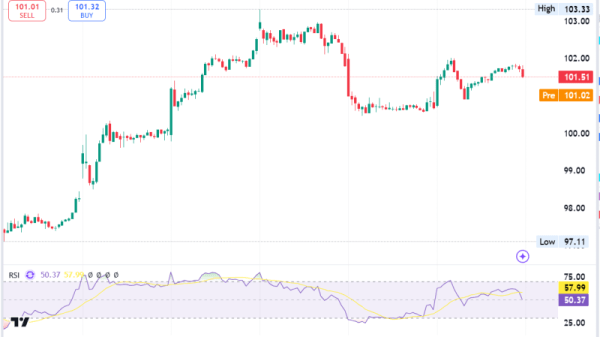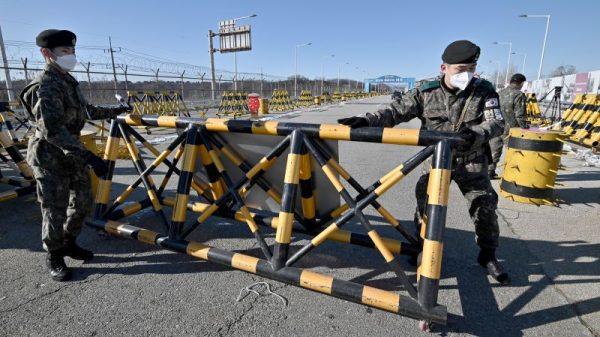By Norihiko Shirouzu, David Dolan and Maki Shiraki
TOKYO (Reuters) – In early October, Nissan (OTC:NSANY) Motor managers dialed in for a regular online meeting with boss Makoto Uchida only to hear a grim message: business was worse than expected and the Japanese car maker had to cut jobs and production.
They listened as the 58-year-old chief executive described a deteriorating financial situation that he put down largely to weak sales and profitability in North America and China, according to three people with knowledge of the matter.
In the Q&A, some of the few hundred managers peppered Uchida with questions about responsibility for the decline of a company that five years ago had the world’s top EV model by lifetime sales. Why didn’t Nissan offer gasoline-electric hybrids in the U.S., where customers were now clamoring to buy them? Why hadn’t the company hedged its bet on EVs by making hybrids available in the U.S., its biggest market, as it had done for years in Japan? Who was responsible for the latest crisis?
Those questions loom large as Uchida scrambles to repair the automaker – and keep his job. Announcing dismal results last month, the former China head pledged to cut 9,000 employees, 20% of global production capacity and $2.6 billion of costs. He also promised to forfeit half his pay.
Uchida is under pressure to deliver a turnaround, according to three others with knowledge of Nissan’s thinking. The next few months will be critical for him and for Nissan’s future, one said. Activist shareholders have quietly built up stakes in the automaker.
Donald Trump’s election adds to the uncertainty. The incoming U.S. president has promised to impose 25% across-the-board tariffs on Mexico, a vital, low-cost production hub for Nissan and others. For Uchida, Trump represents a wild card at the worst possible time, as hefty tariffs could force Nissan to cut output in Mexico, two people said.
Uchida’s tenure has coincided with a tectonic shift in the automotive landscape, as new EV makers challenge decades-old manufacturers. The industry’s biggest names aren’t immune.
Volkswagen (ETR:VOWG_p) is threatening to close German plants for the first time and Stellantis (NYSE:STLA) Chief Executive Carlos Tavares resigned abruptly on Sunday. The Jeep maker lost market share as Tavares focused on margins – making its cars too expensive for some.
Uchida, meanwhile, bet on an EV future. When post-pandemic revenge spending cooled, Nissan had no hybrids in the U.S. and had to offer incentives to move cars off lots.
“What we have today at Nissan is a man-made disaster. While it’s true that there has been a tremendous amount of uncertainty and disruption in the industry itself, this is basically a case of a failure of management strategy,” said Seiji Sugiura, senior analyst at Tokai Tokyo Intelligence Laboratory.
“What Mr. Uchida has to do now is hand the baton over to a new management team.”
This account of Nissan’s missteps and the tough choices now facing Uchida includes previously unreported information, such as the October call, details of the missed hybrid opportunity and Nissan’s reasoning on output cuts. It is based on interviews with a dozen people with knowledge of Nissan’s thinking, who spoke on condition of anonymity because they weren’t authorised to talk publicly.
Nissan told Reuters it wouldn’t comment on internal meetings or on speculation about its recovery plan or Uchida’s future. It said it was premature to comment on tariffs, but was monitoring the situation.
“The CEO has acknowledged management responsibility for our current situation,” it said, adding Uchida was working to make Nissan leaner and more resilient while bolstering competitiveness.
It said the global industry faced unparalleled challenges, including Chinese competition and shifting customer demand.
DECLINE AND FALL
After five years and a series of business plans, Uchida hasn’t been able to reverse the decline sparked by the 2018 arrest of Nissan’s former chairman, Carlos Ghosn, on allegations of financial misconduct. Ghosn, who fled Japan a year later, remains a fugitive in his native Lebanon and denies the charges.
Nissan has been rocked by turmoil since: Ghosn’s successor, Hiroto Saikawa, stepped down in 2019 after admitting he received excess pay; Chief Operations Officer Ashwani Gupta left last year, as did two outside directors. Nissan later investigated claims Uchida put Gupta under surveillance. Nissan declined to comment on the investigation’s outcome.
CFO Stephen Ma is expected to step down, Bloomberg News reported over the weekend. Nissan declined to comment on the report.
As Tesla (NASDAQ:TSLA) and China’s BYD (SZ:002594) gobbled up market share, Nissan was bogged down in talks to restructure an alliance with France’s Renault (EPA:RENA). A new EV, the Ariya, was supposed to challenge Tesla’s Model Y but was hampered by production problems. It also doesn’t qualify for a $7,500 U.S. tax credit because it is made in Japan, not North America.
Nissan sold 3.3 million vehicles last year, down around 40% from 2017. The stock has plunged 70% in under a decade, wiping out around $30 billion in value.
Nissan, which introduced the first mass-market EV with the Leaf in 2010, is today better known for discounts than eye-catching cars, said Christopher Richter, of brokerage CLSA.
It lost a once-enviable position in China because it couldn’t keep up with the fast-changing market, a problem rivals also faced. One model, the e-Power Sylphy hybrid, fell flat because it looked like the gasoline version and Chinese consumers prefer edgy, futuristic-looking hybrids, one of the people said.
Nissan wanted to go “all in” on EVs in the U.S. and didn’t see the need for hybrids there, two of the people told Reuters. That proved a misstep when demand for hybrids surged due to high EV prices and limited charging networks.
Even after Nissan became aware of demand for hybrids, it didn’t think the trend would last long enough to warrant a strategy change, one of them said.
“It’s an excuse, but up until this time last year, we weren’t able to foresee the rapid rise in demand for hybrids,” Uchida said at the earnings press conference in November.
Nissan has sold e-Power hybrids in Japan since 2016 and says it will have a plug-in hybrid in the U.S. by March 2026. Overall, it plans to launch 34 hybrid and EV models by 2030, it said.
FACTORY CUTS
Nissan has set up a dedicated project team to execute its recovery plan, with members hunkered down looking for areas to cut, Ma told analysts and investors at a closed-door briefing last month, according to two of the people.
Some 1,000 U.S. employees have accepted early retirement, Nissan said last month. It is also considering job cuts in Thailand, Reuters has reported.
Chinese capacity, already reduced, will need further cuts, three people said. Two more factories in China may need to be shut, said one of the people, adding that Britain’s Sunderland plant won’t face cuts because it was recently upgraded.
In response to questions on China, Nissan said it would cut costs by closing plants and reducing lines. Sunderland was a strategic plant, it said.
One option is to idle older assembly lines in North America and concentrate production on newer lines, two of the people said. Nissan is considering reducing the number of shifts on some lines, they added.
A likely target is the COMPAS joint-venture plant in Mexico with Mercedes-Benz (OTC:MBGAF).
After years of slow sales of the small cars it produces for both Nissan and Mercedes, the plant makes around 50,000 vehicles annually compared with capacity of 230,000, according to Sam Fiorani of AutoForecast Solutions. Its closure is “almost a foregone conclusion,” Fiorani said.
Mercedes said it continually reviewed its products and portfolio given changing customer requirements. Nissan said it, too, was constantly “reviewing and adapting” to ensure the COMPAS plant remained competitive.
Weakness in the yen has made Japan a lower-cost manufacturing base and therefore a lower priority for cuts, three of the people said. Nevertheless, Japanese managers were examining factory workloads for potential cuts, two of the people said.
‘FULFILL MY DUTY’
Activist investors are circling. Singapore-based Effissimo Capital Management took a 2.5% stake in Nissan by the end of September, a filing showed. Hong Kong’s Oasis Management has also taken a stake, two people said, although the timing wasn’t clear. Oasis held around 1.5%, one said.
Effissimo declined to comment beyond confirming its stake. Oasis didn’t respond to a request for comment.
Nissan is no longer Japan’s second-largest automaker behind Toyota (NYSE:TM), a position now held by Honda (NYSE:HMC). Nissan and Honda have agreed to cooperate on batteries and research.
Nissan is looking for a long-term investor and wouldn’t rule out Honda, the Financial Times recently reported.
Both automakers declined to comment on the report. Honda added there was no change in its agreement to work with Nissan.
So far, Uchida has given every sign he intends to stay.
“I am determined and committed to fulfill my duty as CEO,” he said at the earnings press conference.
The October meeting with managers was not the first time Uchida has faced questions about Nissan’s direction. Analysts had been asking if the strategy was sound for more than a year, Sugiura said.
“We’d ask ‘Are you going to be ok in the U.S. and China?’ and ‘What about the lack of hybrids?’ And they’d say ‘Yeah, we’re fine’,” he said.
“They completely misread the business environment and didn’t do what they needed to.”





































